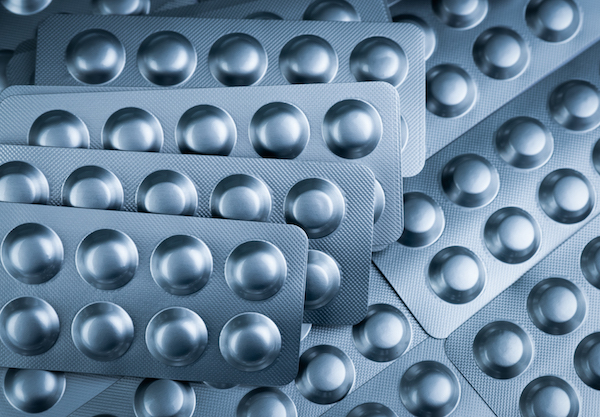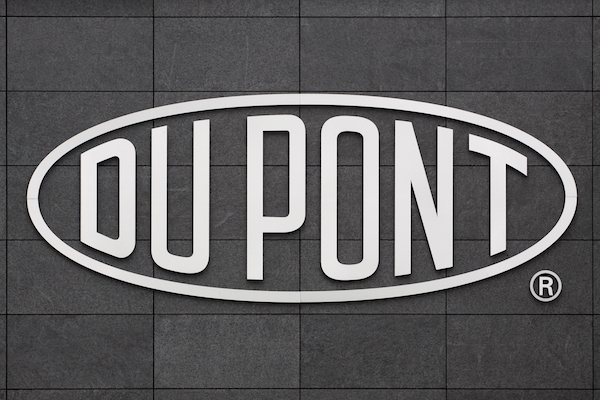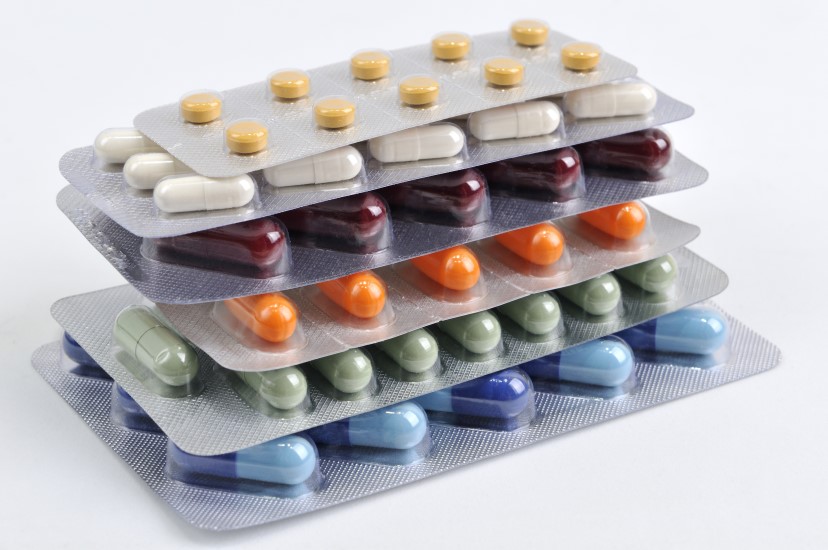With the advances in technology, most industries have jumped on board to ensure that their labels, packaging, tracking system, marketing, etc., is relying on new and improved ways to keep their operations running smoothly. Using modern technology in the pharmaceutical industry is helping lower the chances of errors in medical offices, hospitals, nursing homes, etc., lowering the risk of counterfeiting and is even helping to curb theft of many medical supplies and medicines.
Packaging and labeling is one area where modern technology is being incorporated in the medical and pharmaceutical industry. There are many different types of packaging materials that the FDA has approved. It is important to note that the FDA doesn’t approve the container, but the material that is being used. The list of components that can be used are published as ‘Generally Recognized as Safe (GRAS)’. It falls to the manufacturer to prove that the safety of the packaging material can be approved by the FDA. The specific regulation from the FDA states: “Containers, closures, and other component parts of drug packages, to be suitable for their intended use, must not be reactive, additive or absorptive to an extent that identity, strength, quality or purity of the drug will be affected.” Though, if a material is going to be used, and is not included in the GRAS, it’s up to the manufacturer to have the material tested, and then send the report to the FDA for New Drug Application.
For example, many plastic containers of high quality are already approved as GRAS and can be easily formed with different designs. They are extremely resistant to breakage and leakage.
Plastic containers are primarily made from the following polymers:
- Polyethylene
- Polypropylene
- Polyvinyl Chloride
- Polystyrene
- Nylon
- Polycarbonate
As the saying goes, “necessity is the mother of inventions”. To that end, the ways in which labels have become more technologically advanced is through various different methods.
Some of those ways are:
- Ink technology: This technique allows color to reappear when rubbed or scratched.
- Radio-frequency identification (RFID): RFID is another technology with anti-counterfeiting potential. RFID tags can help authenticate products and support data collection to maintain the integrity of the records. We offer a wide variety of equipment to encode and print tag-equipped labels using RFID processes.
- Tamper-evident stickers: The cellulose acetate film, a special substrate designed for tamper-evident labels, is very intricately designed so that it has adequate strength to undergo conversion into label stocks in roll form. The stickers can be automatically dispensed on an automatic label dispenser but if an attempt is made to remove the label, they break up into very small pieces.
- Holographic materials: The perception of the holographic image by the human eye makes it ideal for brand promotion and security. Packages reveal the holographic image when tilted against a light source. With this complexity, the manufacturer can make it difficult for counterfeiters to duplicate the products. Besides offering brand authentication, many holograms offer tamper evident properties as well.
At Griffin-Rutgers, we offer a large variety of different printers and labelers for the pharmaceutical industry. We strive to stay on top of current trends in all the areas. When it comes time for you to choose your equipment, give us a call, and we will put our experts to work for you.










